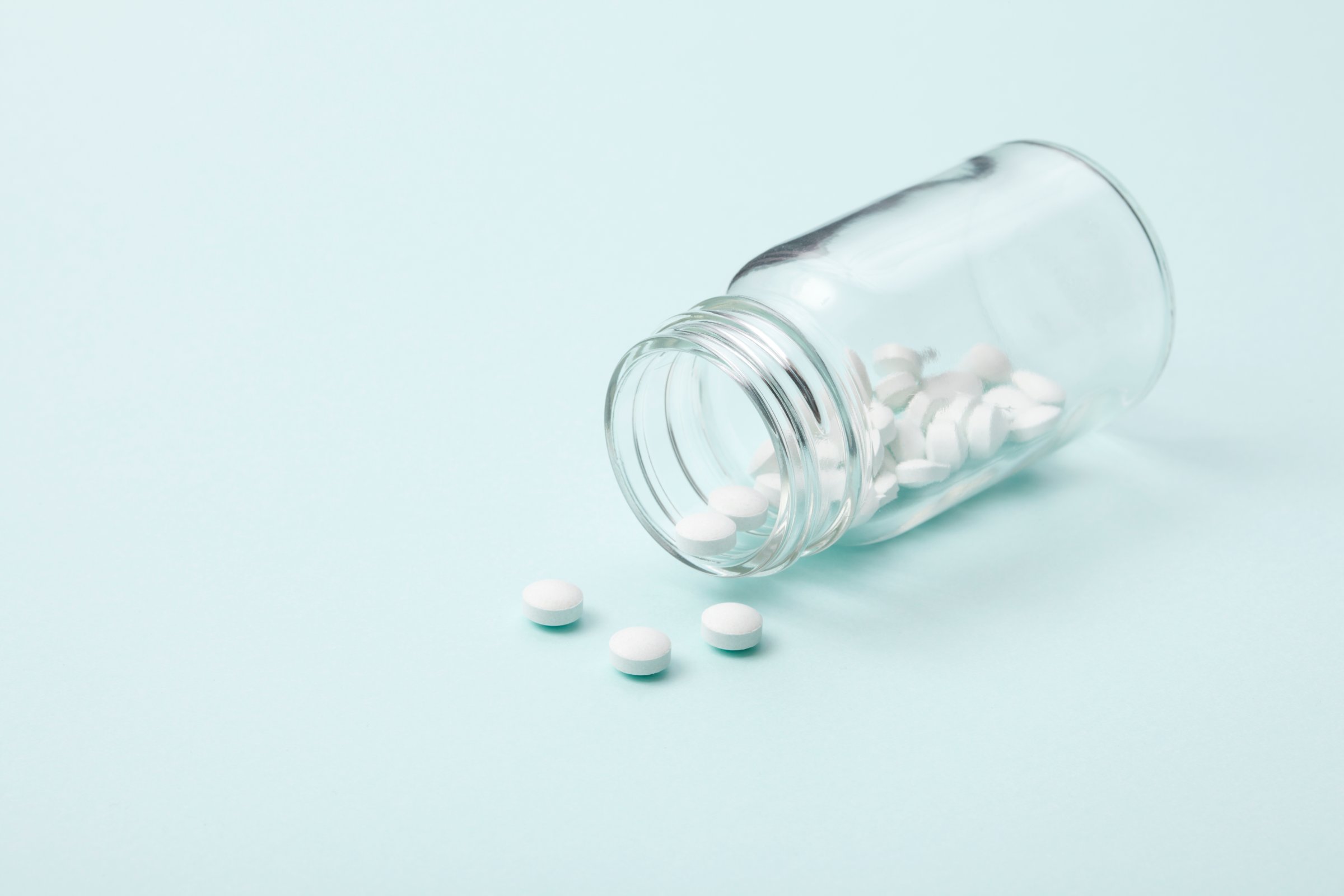
It’s well-established that placebo treatments, such as sugar pills, can prompt real reductions in symptoms for patients. But scientists have long struggled to understand exactly how the placebo effect works, and for whom.
A small new study published in Nature Communications found that when some people with chronic back pain took a placebo sugar pill, their pain was reduced about as effectively as it would have been with pain medication. But the more novel finding, researchers say, is that people with certain traits reliably responded better to placebos than others — which could someday have significant implications for medical practice.
“The standard line has been that placebo response is real, but it is not predictable,” says study co-author A. Vania Apkarian, a professor of physiology at Northwestern University’s Feinberg School of Medicine. “That’s the classic viewpoint in the literature: that you cannot predict who will respond or how much they will respond. In fact, we can predict both of them.”
Apkarian and his colleagues recruited 63 patients with chronic back pain for the study. Forty-three were given a sugar pill that they didn’t know was a placebo, and 20 got no treatment at all. No one received an actual painkiller. Over the course of about eight weeks, the individuals had periodic laboratory assessments, and tracked their daily pain on a smartphone app.
About half of the patients who received the sham treatment experienced an approximately 30% reduction in pain — a result comparable to drugs currently on the market.
The researchers also found certain traits that seemed to predict whether the sugar pills would be effective or not. Several features of brain anatomy (such as asymmetry in areas of the brain that control emotion and reward, including the amygdala, accumbens and hippocampus) and personality (such as being emotionally self-aware, attuned to the body and mindful of one’s surroundings) were correlated with experiencing the placebo effect, Apkarian says.
The predictive power seemed to be strong enough, Apkarian says, that these patients wouldn’t even need to be tricked into taking the placebo — their brains are already “primed to respond,” even if they know they’re taking a sham drug.
It’s impossible to say when, or if, the results could be integrated into clinical practice, Apkarian says. His study was small and will need to be replicated. Plus, the population included in the study — chronic pain patients — may have extensive experience with the medical system and “strong attitudes about their health,” Apkarian says. People with less exposure to the health care system might not have the same cognitive profile, or be as attuned to small changes in pain and other symptoms.
But if doctors could consistently predict the placebo response, Apkarian says the impact would be huge, both on an individual and a systematic level. Not only could doctors prescribe placebos (which are free of side effects) to certain patients, sparing them unnecessary drug use, but clinical trials could also feasibly be designed without accounting for the placebo effect, making them both cheaper and easier to complete.
“Down the line, the clinician could give five or six questions to the patient and decide whether they should just prescribe a sugar pill to them,” Apkarian says. “The higher they score on this personality questionnaire, the bigger their placebo response will be.”
More Must-Reads from TIME
- Cybersecurity Experts Are Sounding the Alarm on DOGE
- Meet the 2025 Women of the Year
- The Harsh Truth About Disability Inclusion
- Why Do More Young Adults Have Cancer?
- Colman Domingo Leads With Radical Love
- How to Get Better at Doing Things Alone
- Michelle Zauner Stares Down the Darkness
Write to Jamie Ducharme at jamie.ducharme@time.com